What’s the best holster for the money?
The answer isn’t something to be taken lightly.
After actually buying your gun…deciding on which holster you’re going to buy is one of the most important decisions you can make.
In a world where you get what you pay for, a cheap holster isn’t necessarily the best option because having a good one is so very important.
There are a lot of different kinds and styles of holsters on the market right now. Sadly, many of them are not ideal for concealed carry. While they may help you hide your handgun of choice, they may be dangerous.

But no worries…we’ll clear up what makes a good holster, the types of carry (inside waist band, ankle, etc), and personal recommendations for each type.
Ready?
Why Is It So Necessary to Have a Good Holster?
Let’s think about some of the things the holster is supposed to do:
- Protect and hold the firearm.
- Prevent discharge.
- Provide quick access.
- Prevent theft or loss.
So, maybe instead of the original question, we should ask things like: What goes in to a great concealed carry holster?
First and foremost is the concept of safety. You’ve likely heard the safety rules by now, but in case you haven’t, here they are:
- Treat every weapon like it’s loaded.
- Don’t point your gun at anything you’re not willing to destroy.
- Keep your finger straight and off the trigger until you intend to fire.
- Know your target and what’s beyond it.
They’re all particularly important but for right now, let’s concentrate solely on number three…keep your finger straight and off the trigger until you intend to fire.
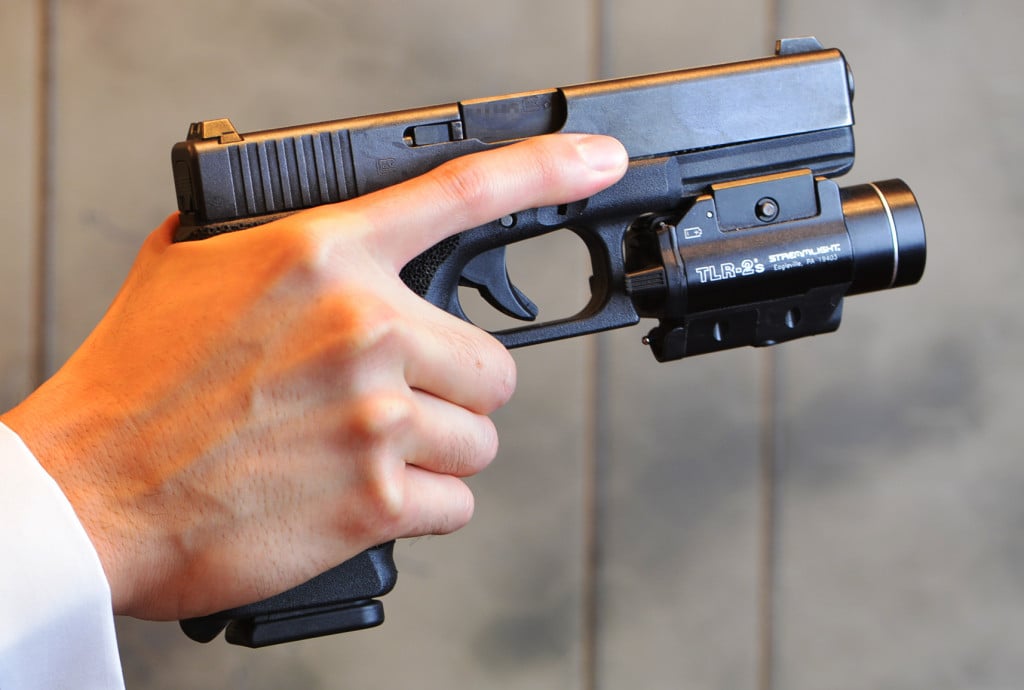
I want to expand on it even more and say that nothing should touch the trigger, to include clothing or any part of the holster itself. Your trigger could get caught, pulled, and cause a discharge.
That’s a bad oopsie…
Trust me when I say the last thing you’re ever going to want is for your gun to go off unintentionally. And, guns have gone off when being holstered because something got caught and pulled the trigger.
Therefore, it is super important that you learn how to safely re-holster your handgun to make certain you know how to do it. And take your time…believe it or not…nobody has ever won a gunfight by speed-holstering.
The bottom line is to always make sure your gun’s path is clear of any foreign objects before you put your gun in its holster.
Before we move on, let’s recap:
- Choosing the right holster is important.
- A good holster protects the firearm, prevents discharge, provides quick access, and prevents theft.
- When you holster your gun, you need to pay special attention to what is by the trigger, to make sure nothing snags on it causing a discharge.
- Learn how to, and practice, holstering your gun so you get good at it.
Now let’s move onto some holster details.
What Makes a Great Concealed Carry Holster
As I stated earlier, there are a lot of different kinds and styles on the market. But a lot of them are not ideal for concealed carry because they are dangerous.
When you pick out a holster, make sure it has the following:
- Total trigger coverage
- Sturdy material
- Good retention
- Good concealability
- Handgun protection
- Skin/body protection
- Positive grip
Let’s take a closer look at these requirements….
Trigger and Material
There are a lot of holsters on the market where the trigger is not covered, or is covered by a flimsy material.
So that you’re as safe as possible, it’s best to have a holster that is made of a sturdy material that covers the trigger. You want to do all you can to prevent the possibility of a discharge.
Here is an example of a “universal” holster made from flimsy cloth. It does the job. But…I can still press the trigger on my holstered handguns. Not good.

A good example of a sturdy material could be Kydex or leather. Both do an excellent job of protecting the trigger.
Kydex is basically nothing more than a polymer composite material formed to the shape of your gun with a bunch of properties that help it do its job.
Some holsters will have both materials in the form of a Kydex shell on top of a leather backing.

There are countless companies making good-quality holsters out of this material. You can’t go wrong here.
Good Retention
Another way of saying retention is that your gun needs to “stay put.”
A good test…if you stick your gun in your holster, and turn it upside down, will it fall out?
If it comes out, the retention on it needs to be adjusted (usually via a screw) or you need a different method of carrying.
It needs to be strong enough that it keeps your firearm in place until you tug it out on purpose.
Concealability
Unless you’re carrying openly, you’ll want your firearm in a discreet position where it cannot be seen.
IWB, or Inside the Waist Band, holsters offer a better level of concealment than does OWB, otherwise known as Outside the Waist Band (more on this in a minute).
And, as far as IWB holsters are concerned, generally speaking, appendix IWB offers the most concealment.
Think of appendix carry as starting directly in front of your belly button and ending on your pelvic bone.
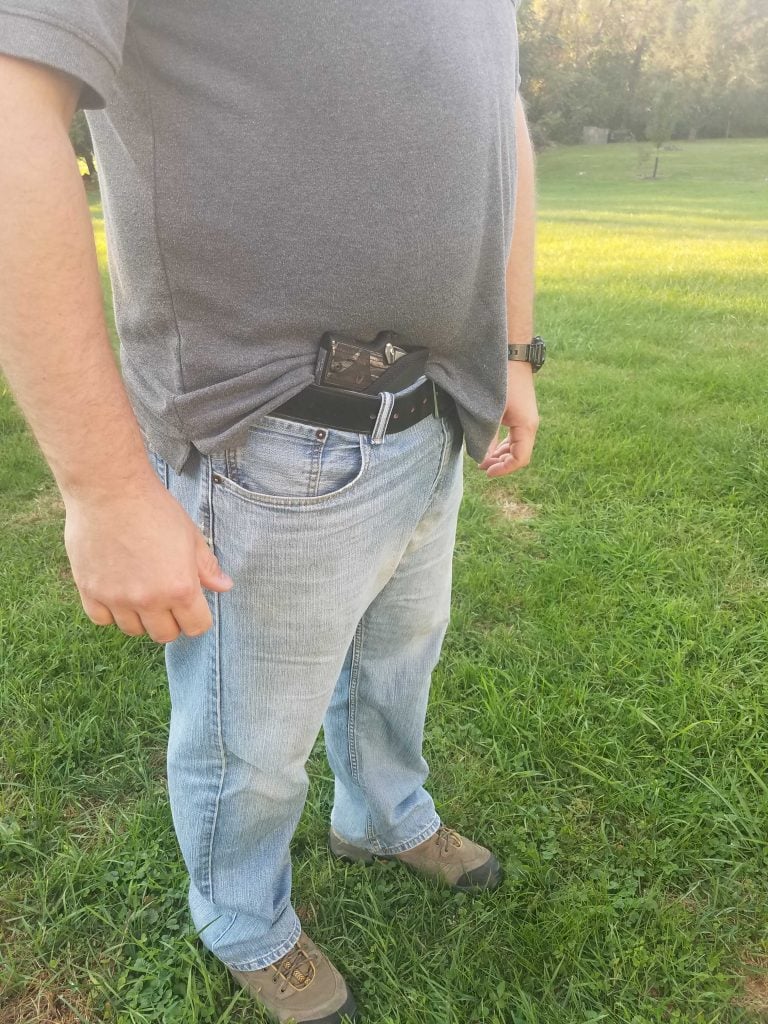
Keep in mind, it depends on body type, and my body is different than yours. What conceals better for me, may not be a good option for you.
The best thing to do, is to play around with it a bit, to find a balance between comfort and concealment.
Protection
Your holster needs to protect you and your gun.
Some of the harder materials can cause rub marks on its finish over time, so keep that in mind too.
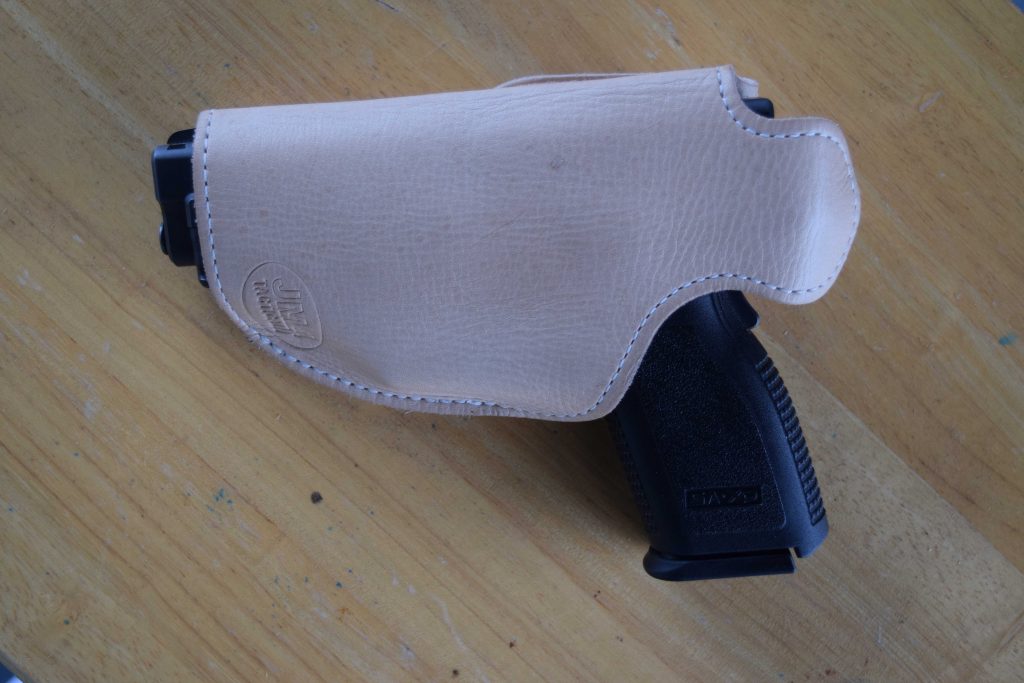
At the same time, some of the stiffer holsters may rub your skin the wrong way. While not generally that big of a deal… if it isn’t comfortable, would you carry it every day?
As a bonus while on this topic, holsters can also damage clothing if you choose the wrong type.
I’ve used metal clips on holsters before that eventually wore holes into my shirts. Plastic clips, while not as strong, do their job quite well and are gentler on clothing than their metal counterparts.
Grip
This is very important.
If your holster doesn’t afford you the ability to have a combat grip on your gun when it is drawn, you need a different holster.
You should be able to draw and fire, from any position, to include directly off-body if an attacker is on top of you.
It won’t be anywhere near as effective if you have to re-position your hand after the draw.
Again, because it bears repeating…if your holster doesn’t allow a full combat grip, get a new one.
Different Types of Holsters
There are a few different types of holsters out there for men and women:
- IWB
- OWB
- Ankle
- Shoulder
- Those designed specifically for women, which I know nothing about
Let’s tackle each of these, along with their benefits.
IWB
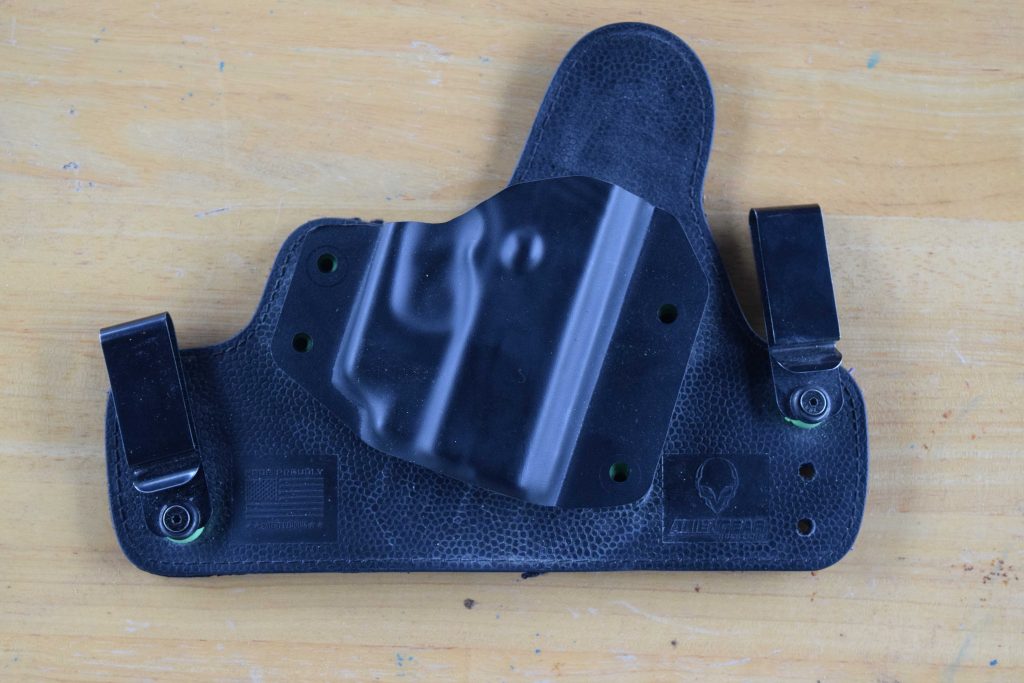
Otherwise known as Inside the Waist Band, these holsters are great for concealing a gun.
They go in between your pants and your underwear and they are excellent because they keep the gun so very close to your body.
Because it is so close to you, people won’t notice it as much as some of the other options on this list. They also don’t “print” as much as some of the others do.
Printing is when the outline of the firearm/holster can be seen on the shirt.
This is bad because the point of carrying a concealed gun is to hide the fact that it’s there.
One of the drawbacks to carrying like this, is that it’s harder to get that positive combat grip from the draw. It’s possible, but you’ll have to practice that much more to get it right.
OWB
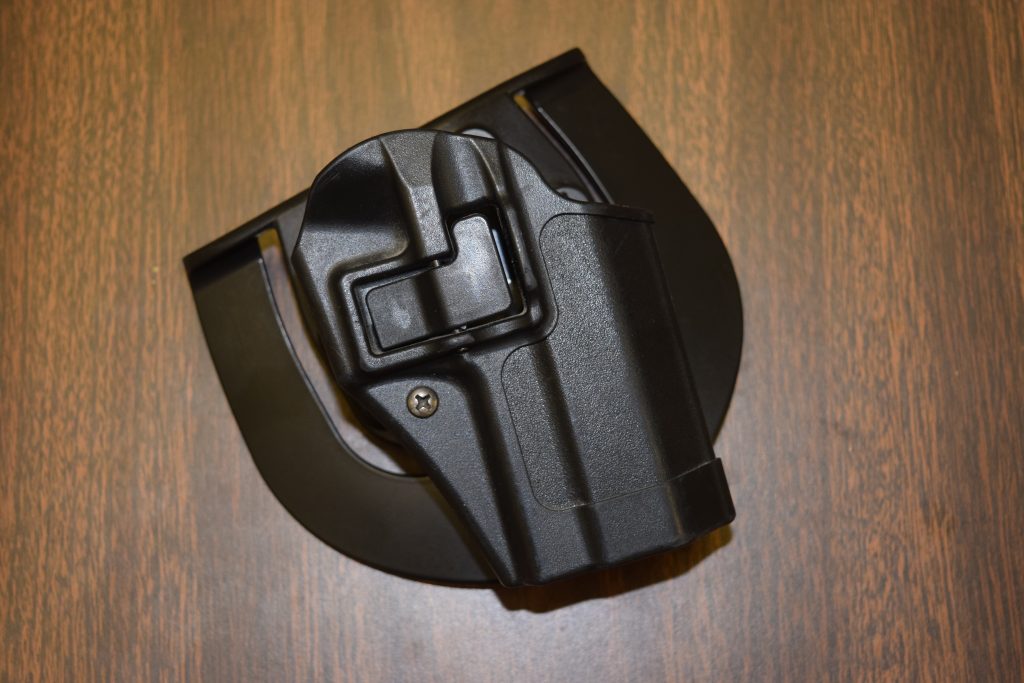
OWB, or Outside the Waist Band is when the gun/holster rests on the outside of your pants.
It is usually anchored to you by the belt, though some of them may attach differently.
This method of carry is less concealable and tends to print more often than IWB. It is also a very comfortable method of carry because there generally isn’t anything poking you in the side.

Finally, it affords a better grip from the draw because it sits further off the skin allowing you to get your entire hand on it in the right position.
Shoulder
Shoulder holsters generally wrap around the shoulder. The part that actually holds the gun usually sits on your support side’s rib cage.

The support side is the hand that you don’t squeeze the trigger with. It helps to stabilize, or support, the strong hand. The strong hand is the one you do squeeze the trigger with.
This method of carrying a concealed gun is great for people who wear a jacket, and is also commonly employed by undercover and off-duty police officers.
Note that when the jacket comes off…the gun is no longer concealed. Duh?
Ankle
This method of carrying a concealed gun is great for deep concealment, or for times when a backup gun is needed.
In this case, there is no printing unless you’re wearing tight pants.
Nobody will know you’ve got a gun on you, unless you pull your pant leg up and show them.
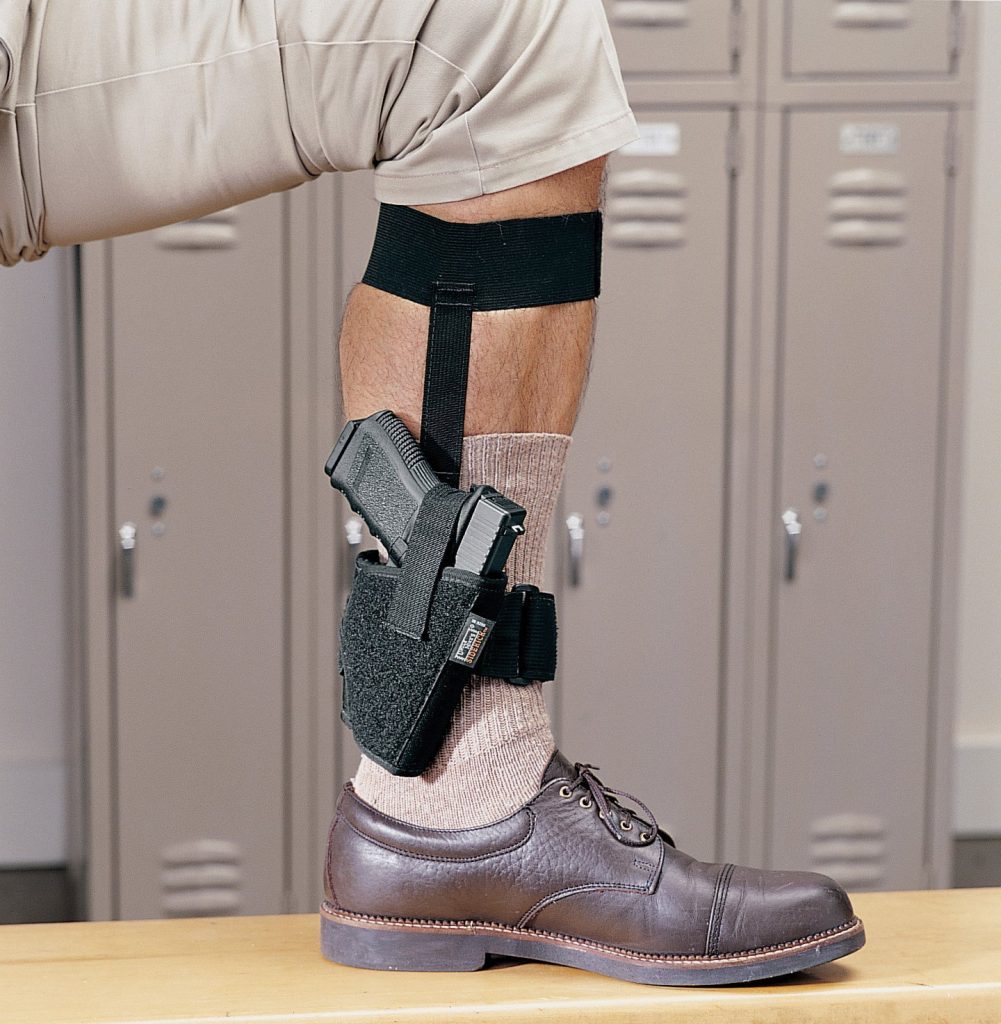
The drawbacks to this method, are that your gun can be hard to get to, and it can be uncomfortable to the point that it can pull your leg hair out and rub your skin unless you wrap it around a boot.
Without any further ado, let’s get to some specific examples!
Best OWB Holsters
Alien Gear
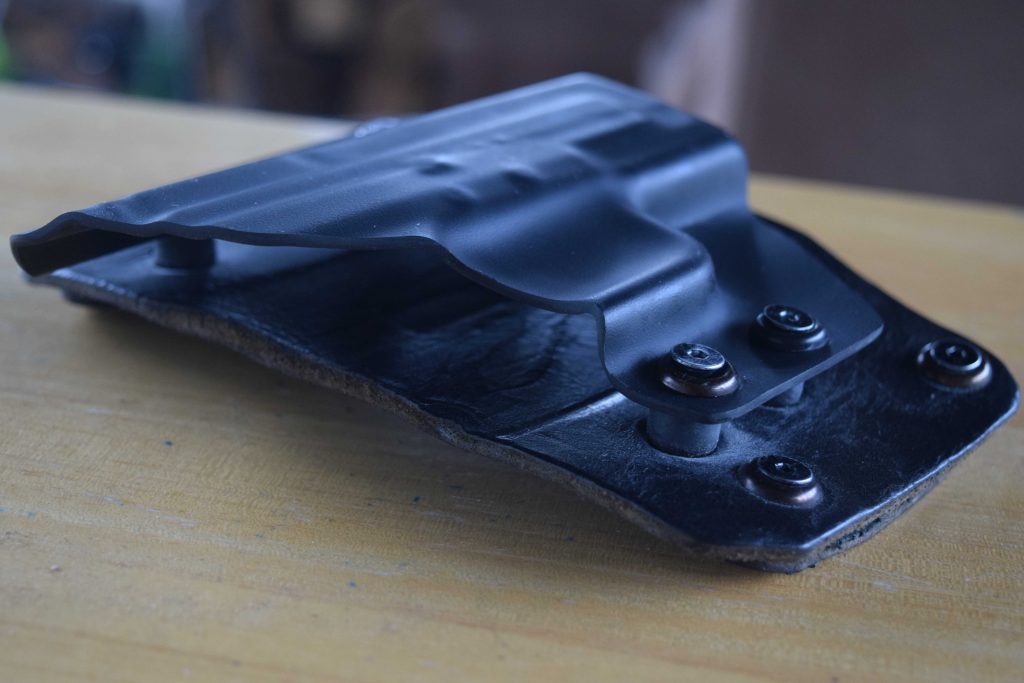
The Alien Gear Cloak Slide ($30) is my personal pick for an outside the waistband holster. Reason being…it is very versatile and affordable.
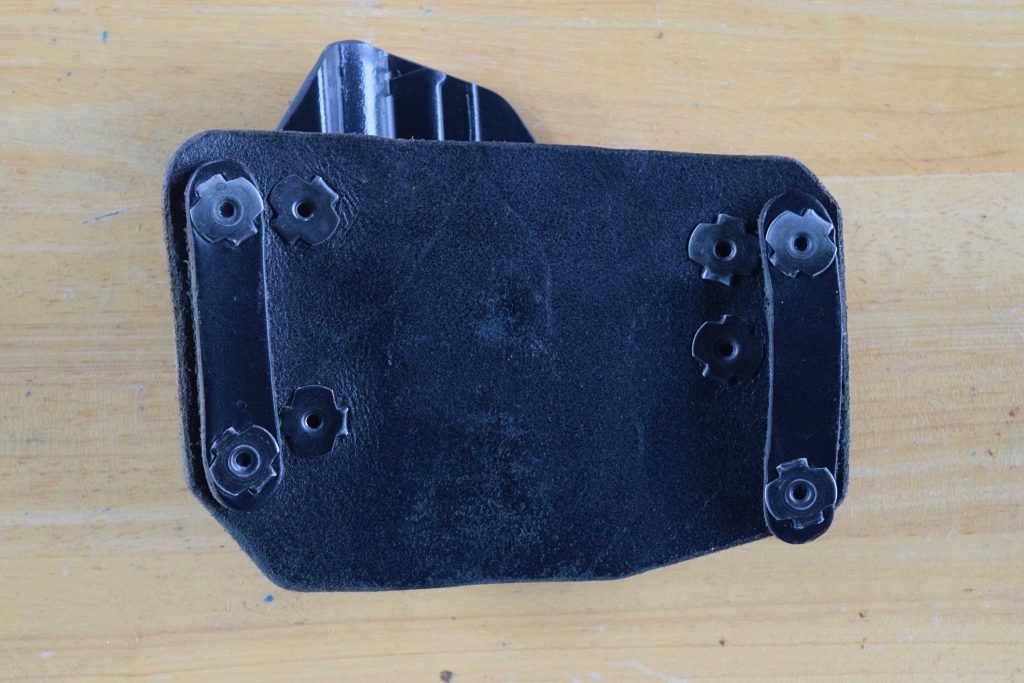
This holster is capable of carrying any gun, with the simple swap of a shell.
Plus, the warranty is great. It attaches to a belt by way of two belt loops and is low-profile.
Red Earth
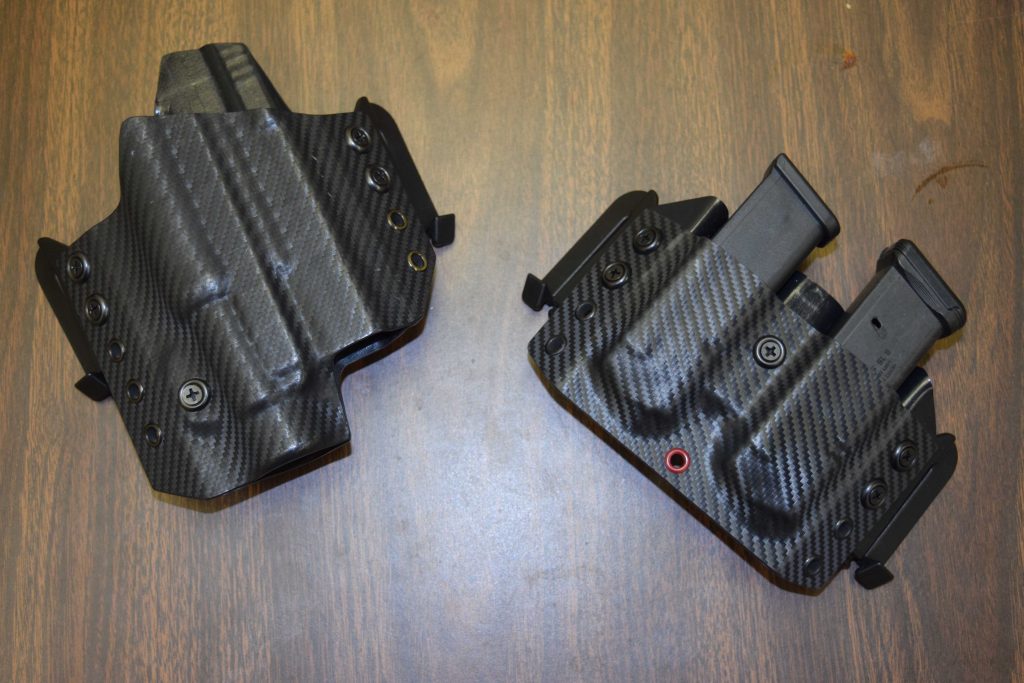
The Red Earth ($60) is my friend’s go-to for carrying his Glock.
Some holsters don’t allow the addition of any accessories, but Red Earth has holsters that allow flashlights.
Plus…carbon fiber!
Tagua
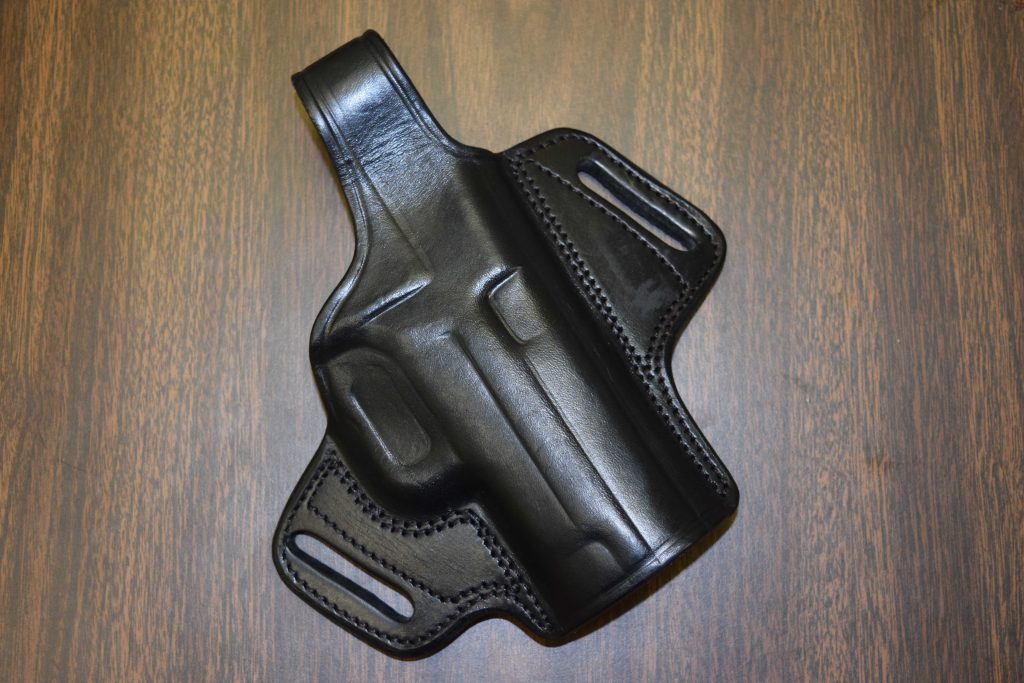
This is a leather constructed holster ($40) that adds the thumb break for added firearm retention. This draw is a bit different from other holsters because there is an extra step. It’s a good option, just make sure you practice with it.
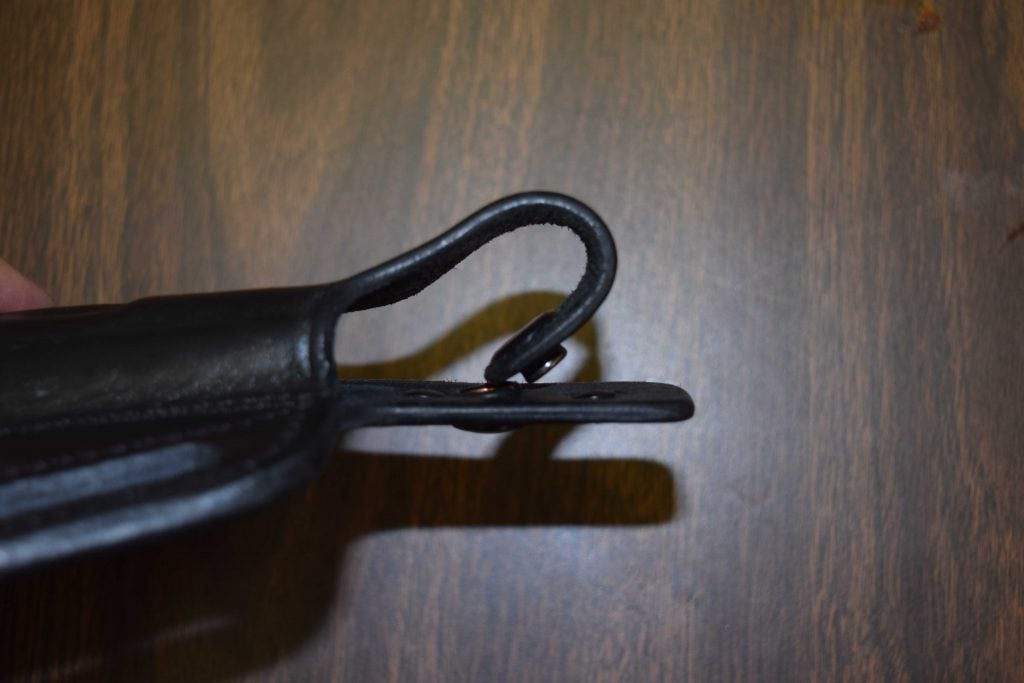
Blackhawk Serpa CQC
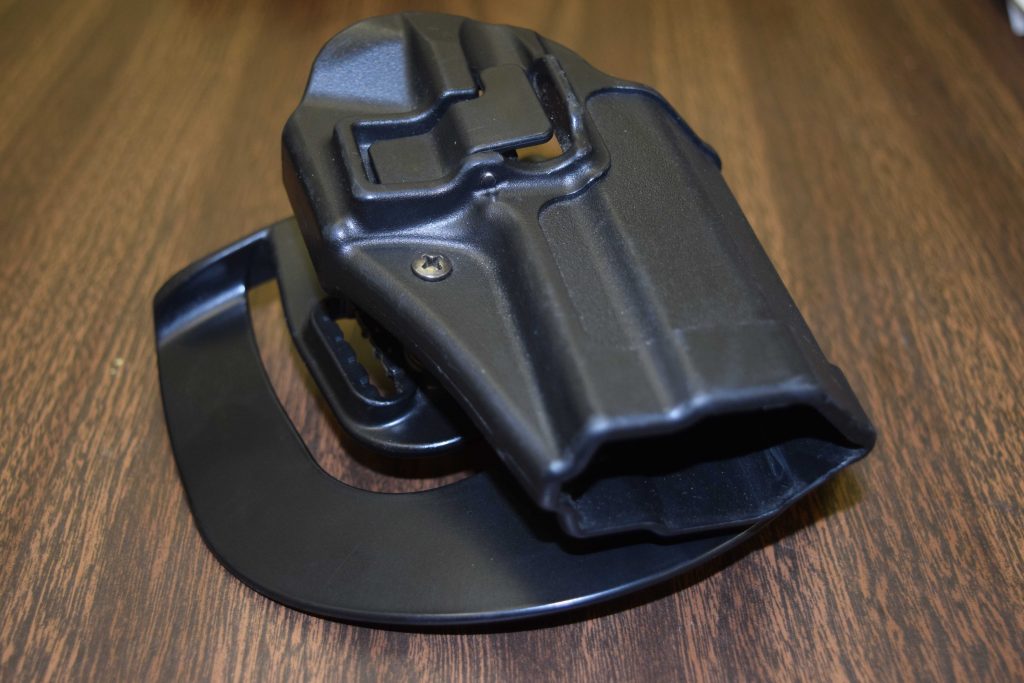
Here is an example of a paddle holster ($25) made by the well-known Blackhawk brand.
It is known as a “SERPA” holster since it has extra retention that in this case has to be released by your trigger finger. You can notice the button on the holster above.
Also notice the holes on the back that allow this holster to be adjusted to your heart’s content. It can go up and down, and tilted from front to back.
Safariland

Pew Pew Eric’s favorite OWB holster brand ($40). Great for carry or for competition use. Tons of models so you’ll be sure to find your pistol, hand, and flashlight combination.
Backing allows use of paddle or other belt attachment systems (Tek-Lok, etc).
Best IWB Holsters
Alien Gear
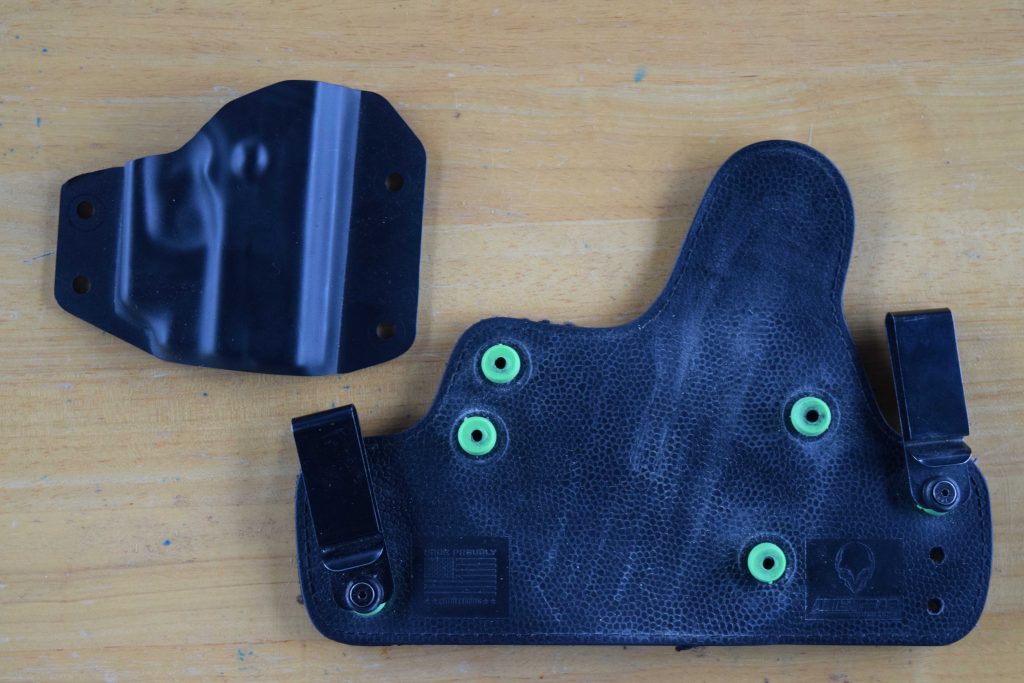
The Alien Gear Cloak Tuck 3.0 ($40) is my go-to IWB holster.
Again, the warranty and ease of use can’t be beat. Plus, they are comfortable with the neoprene backing.
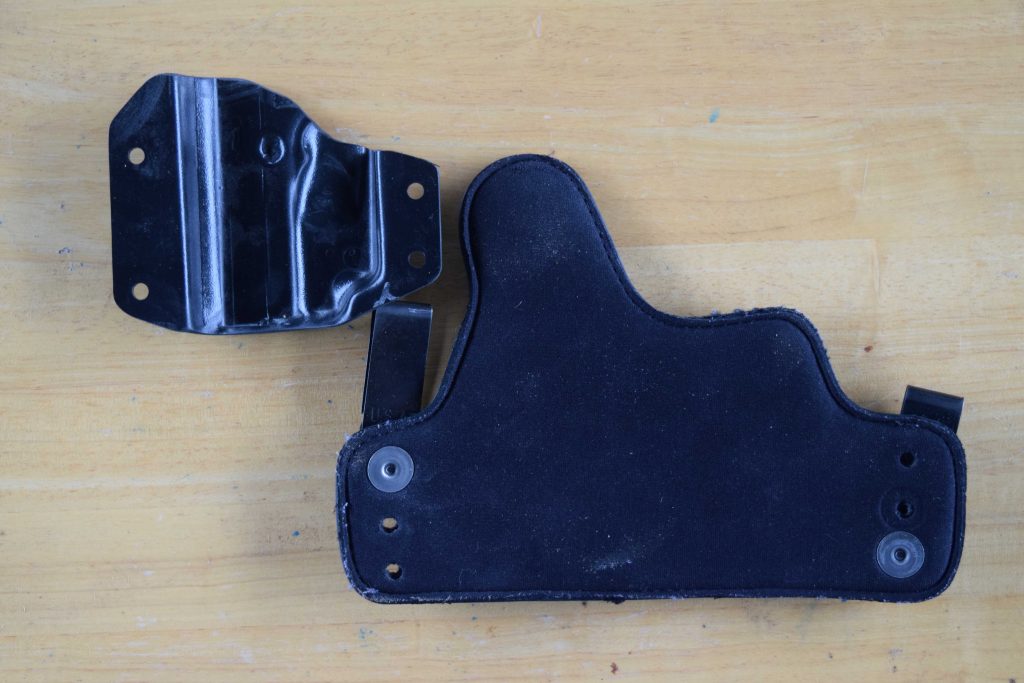
Red Earth
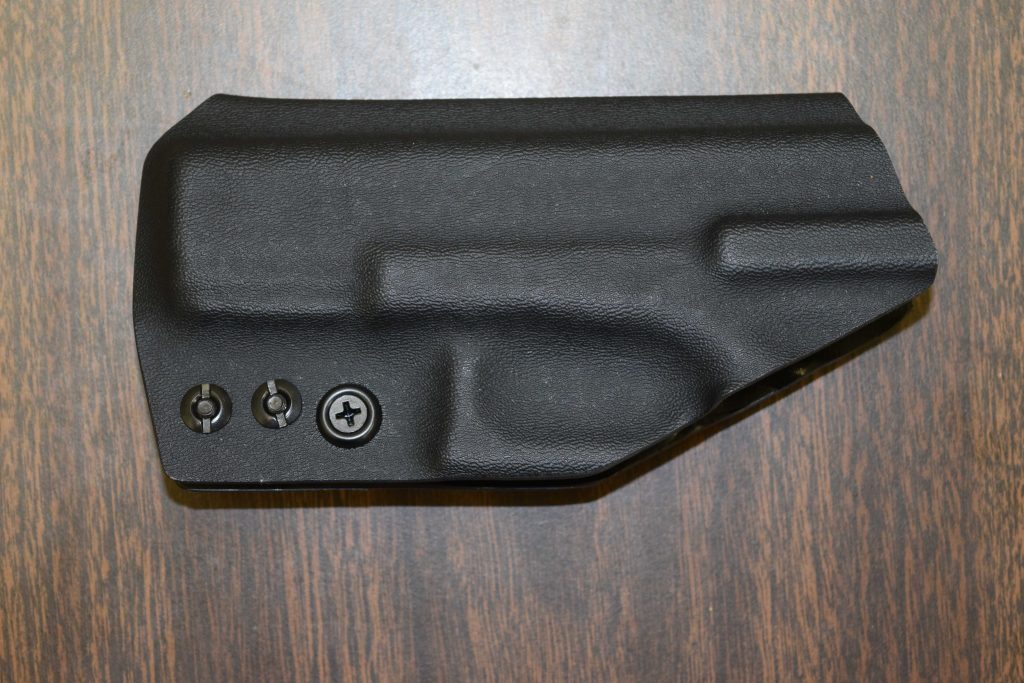
An example of a sturdy Kydex holster ($60) that can be worn IWB.
It’s a no frills deal, but it gets the job done.
Here’s the complete set with magazine holder from their site.

Bladetech
Eric’s choice for IWB ($20). Affordable and locks in great for some appendix carry.
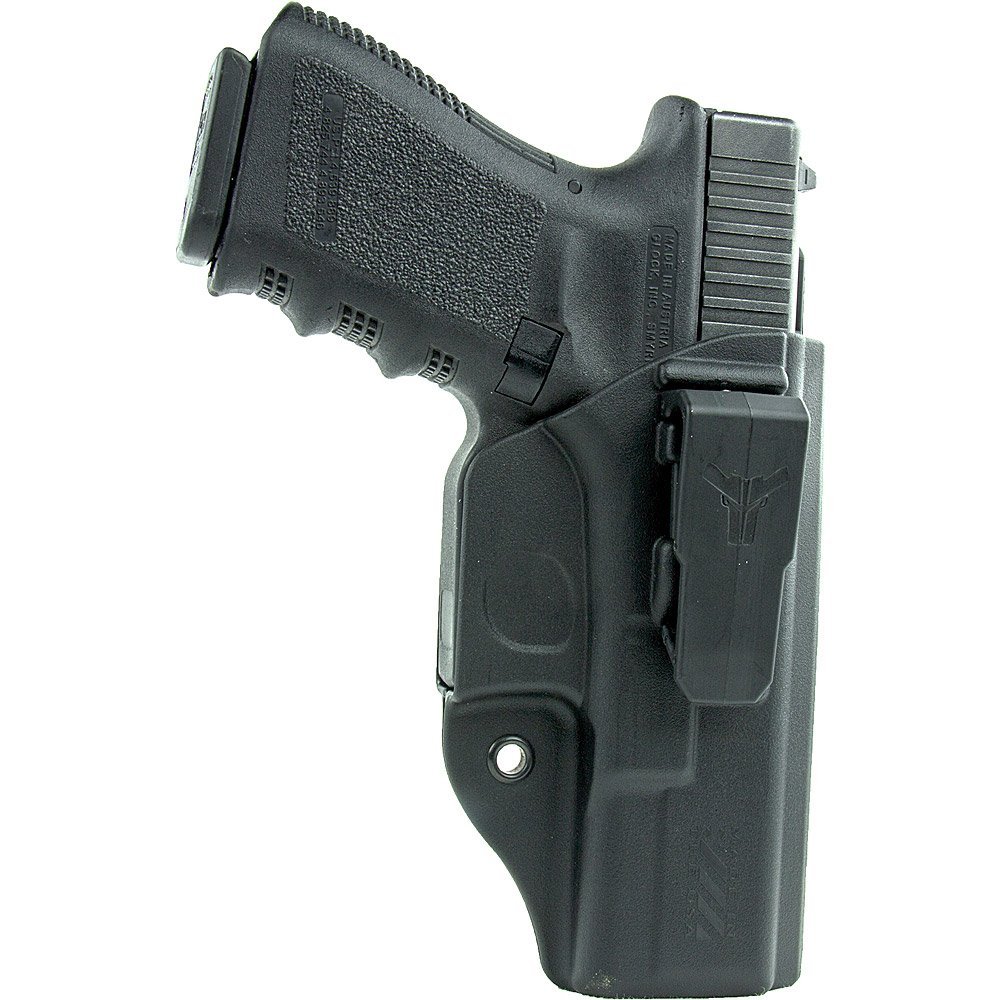
Best Ankle Holster
Sticky
For that extra deep concealment ($40). You can even fit an extra mag or knife next to your gun.
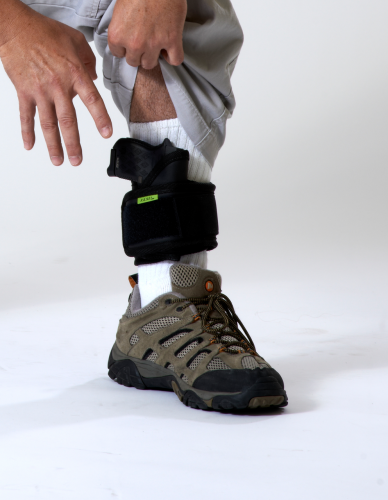
Best Shoulder Holster
Galco
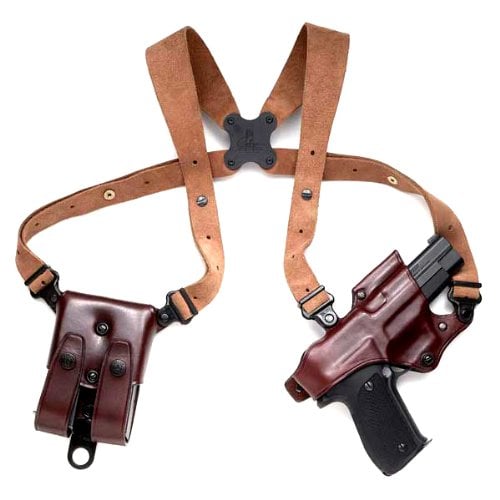
For those times ($150) when you’re wearing a suit and tie, but also feel like being prepared.
Being like James Bond ain’t cheap though…
Conclusion
No matter which method of concealed carry you choose, you need to practice your draw and re-holster often to make sure you master it.
As for holsters? Sometimes it takes trying out a couple to see which one fits and feels the best.
Not yet a concealed carry pro? Check out 7 Things I Wish I Knew Before I Concealed Carry.
So…what holster did you end up getting?
Learning Resources
Beginner’s Guide to GunsThe post Best Concealed Carry Holsters for Any Way You Carry: 2016 appeared first on Pew Pew Tactical.